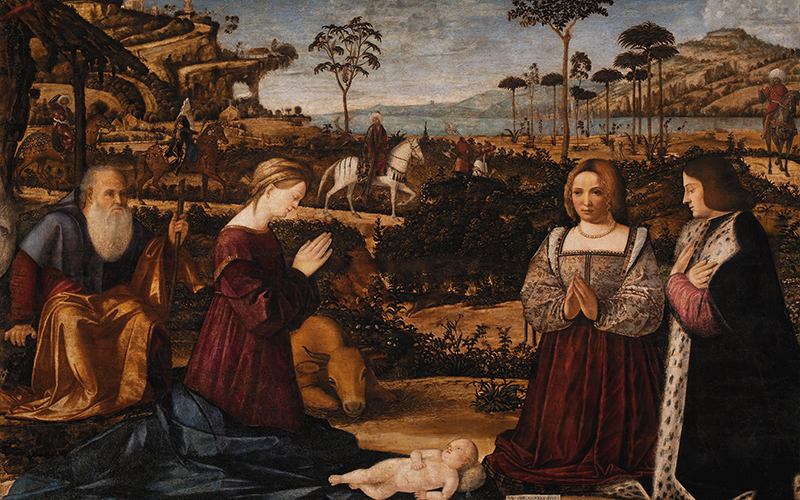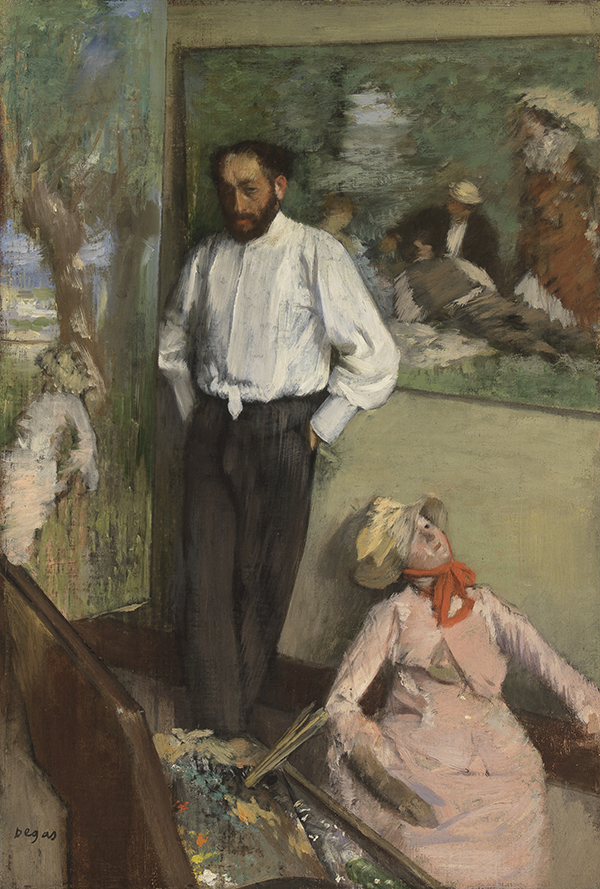Colnaghi

Colnaghi is the oldest commercial art gallery in Europe, in operation since the 18th century. The business that gave rise to the gallery was started by the Italian Giovanni Battista Torre in 1760, in Paris. When Giovanni died, his son Anthony inherited the firm and opened a shop in London, specialising in selling prints. In 1783, Paul Colnaghi (1751–1833), born in the north of Italy, was hired to work with Anthony, first in Paris and later in London, selling works by famous engravers, such as Valentine Green.
At the end of the century, Colnaghi took over the running of the business, turning it into a renowned art emporium, focusing on engravings from paintings by the old masters. His success attracted the attention of the prince regent, who hired him to organise the royal collection. Paul’s son, Dominic, continued his father’s work, extending the business to photography.
A century later, in 1894, Otto Gutenkust joined Colnaghi, forging valuable relationships with European museums and opening up the firm to an important American clientèle, which included Isabella Stewart Gardener, founder of a museum in her own name in Boston, Henry Clay Frick, whose collection was the basis of the Frick Collection in New York, and Andrew Mellon, who established the National Gallery of Art in Washington. Another important client, this time from Europe, was the Gemäldegalerie in Berlin, which acquired works by Rembrandt and Vermeer.
In the 20th century, Gustavus Mayer began to work with Gutenkust. At that time, Colnaghi made the most of the famous sale of the Hermitage Museum collection, effected by the Soviet government in 1930, acquiring masterpieces by artists such as Raphael, Botticelli, van Eyck, Rubens and Rembrandt, which were later sold to the National Gallery in Washington, the Rijksmuseum in Amsterdam and the National Gallery of Victoria, in Melbourne.


A significant number of the works in the Gulbenkian Collection that were purchased during the first decades of the 20th century passed through Colnaghi, notably the prints section and various paintings – by artists such as Rubens, Ruisdael, Guardi, Fantin-Latour and Degas, among others – as well as some drawings and a couple of watercolours. Colnaghi was also an intermediary in the purchase of a manuscript containing two works – the Bustan and the Gulistan – by Sa’di, a famous Persian writer from the 13th century.

In 1970, Jacob Rothschild bought the firm, expanding its sphere of influence, which came to include works of oriental art as well as some expressionist pieces, among others. Colnaghi was responsible for organising, in partnership with some famous museums, major exhibitions that resulted in highly profitable sales. It is still in operation today, having passed through various hands over the years. In 2010, it celebrated its 250th anniversary.
A Collection of Stories
On a weekly basis, we shared a story around Calouste Gulbenkian’s collection. This section was created in 2020, which is why the articles refer to the Calouste Gulbenkian Museum collection as the Founder’s Collection.
Other stories